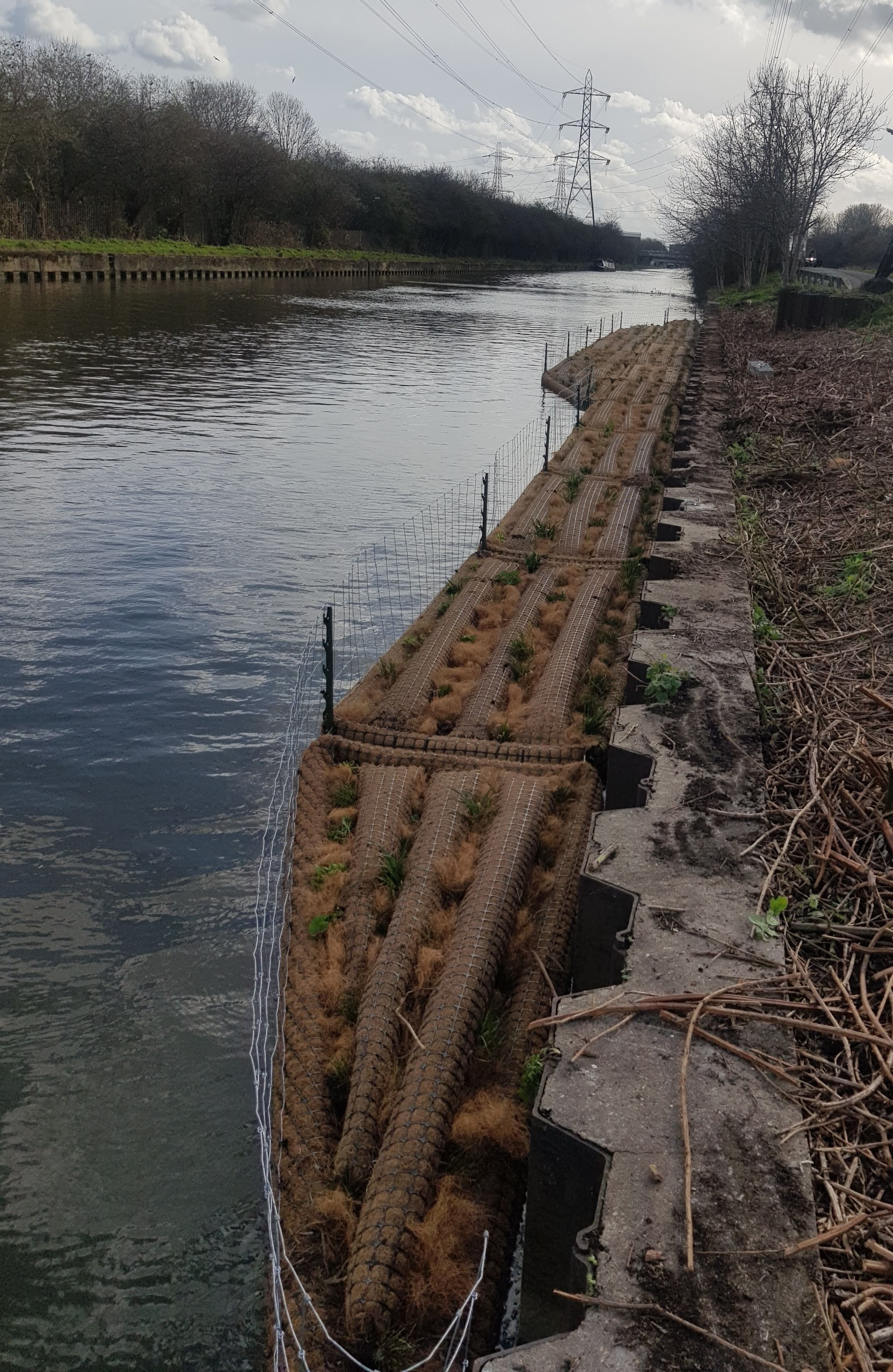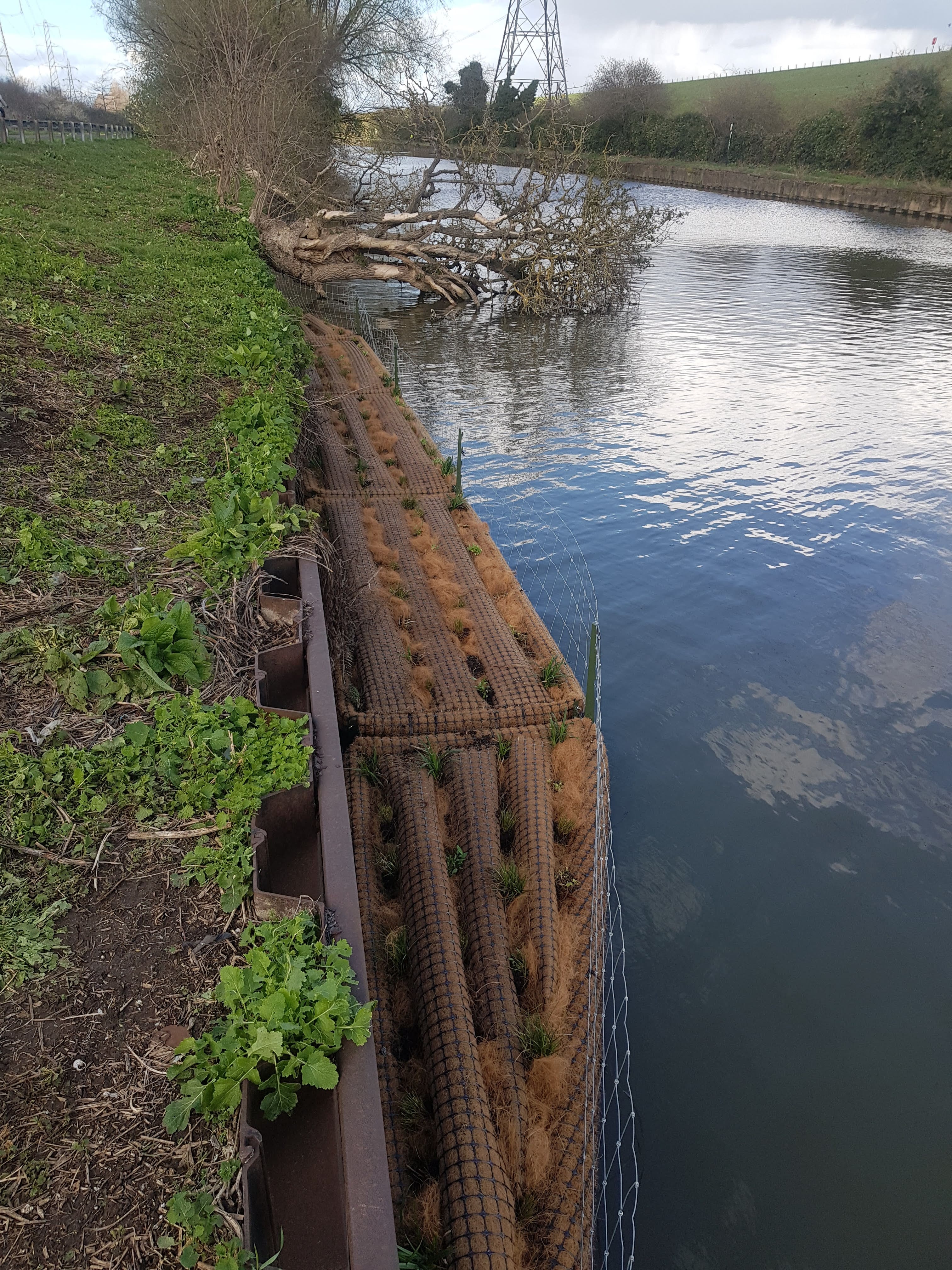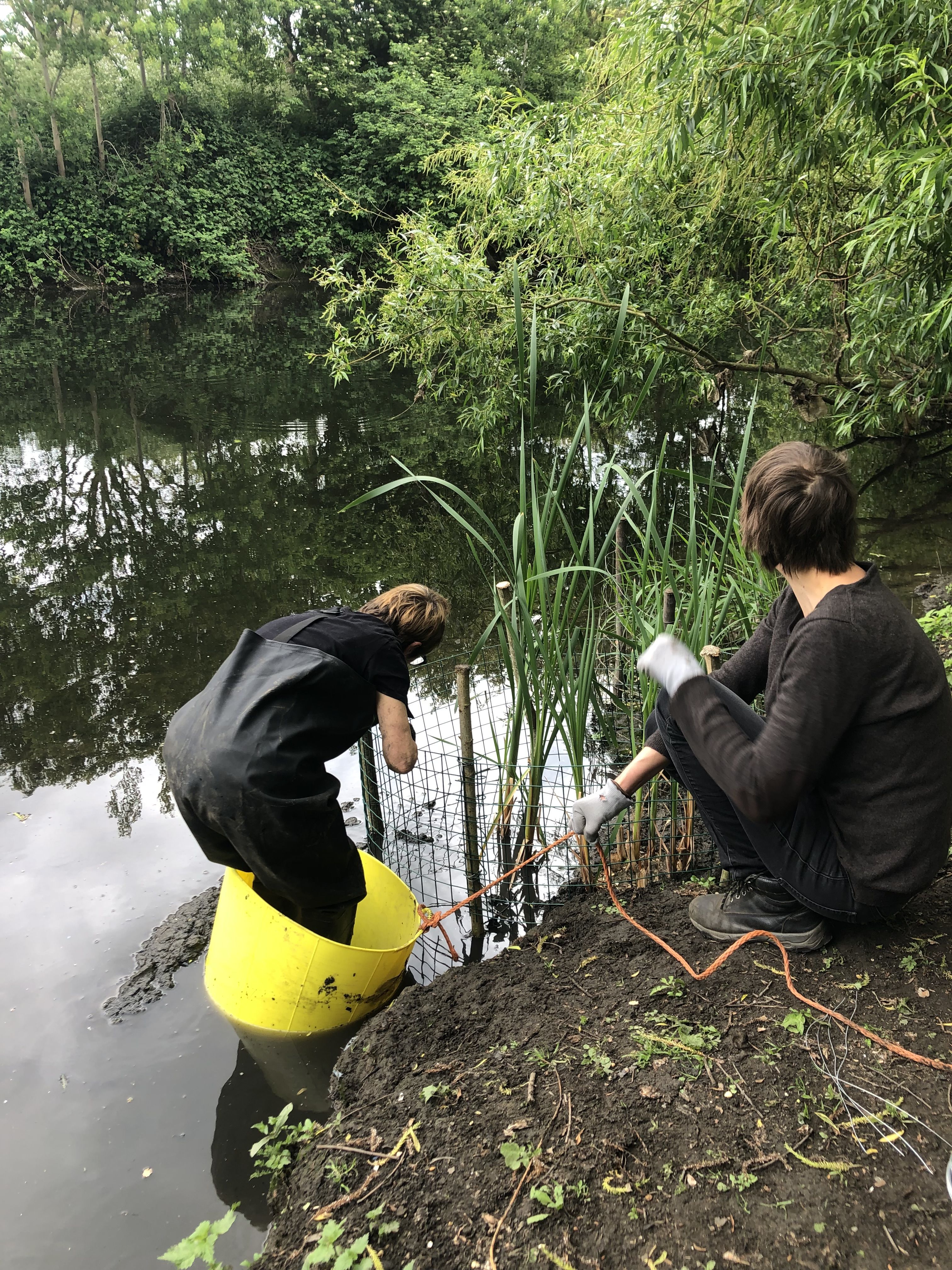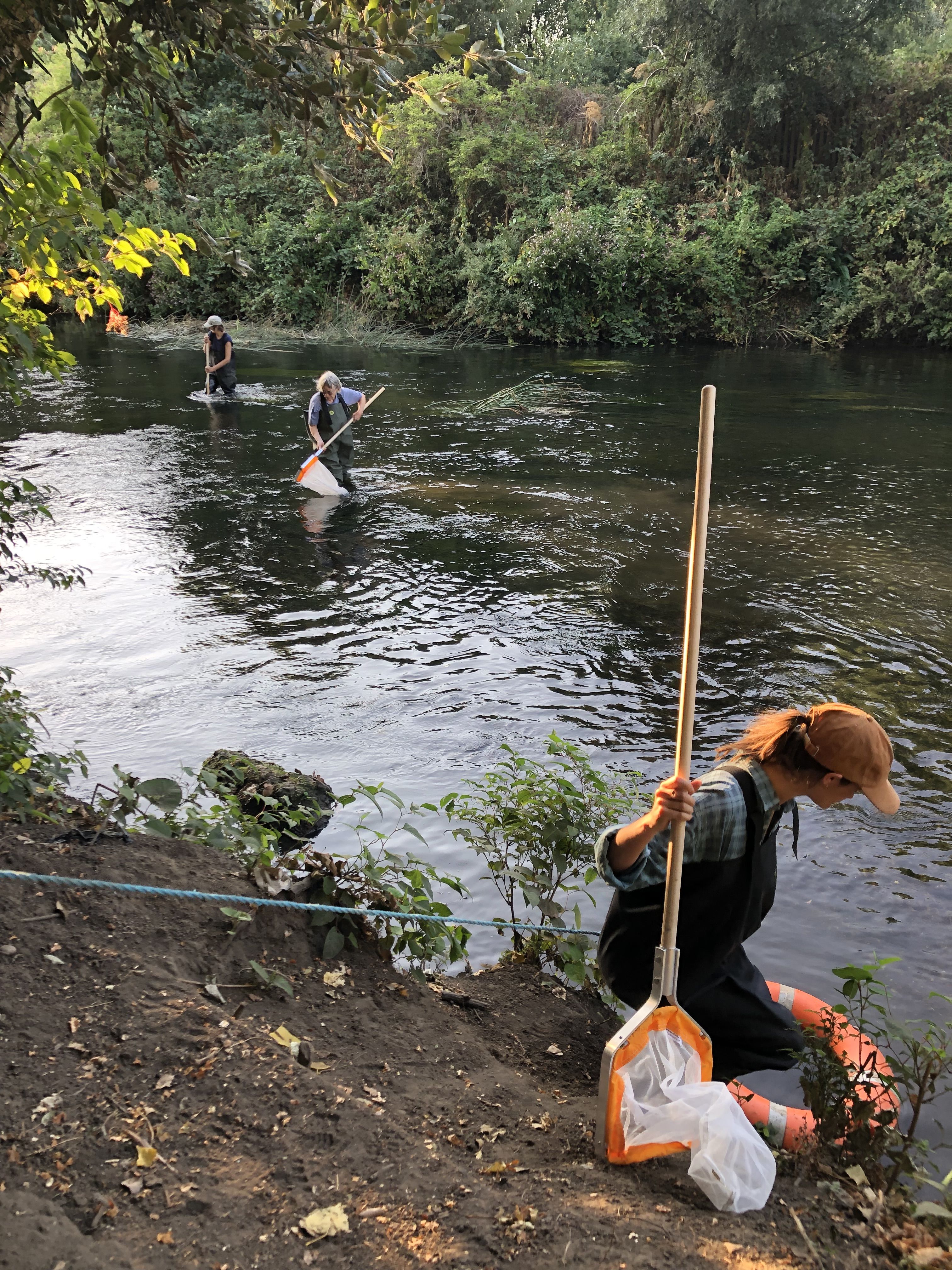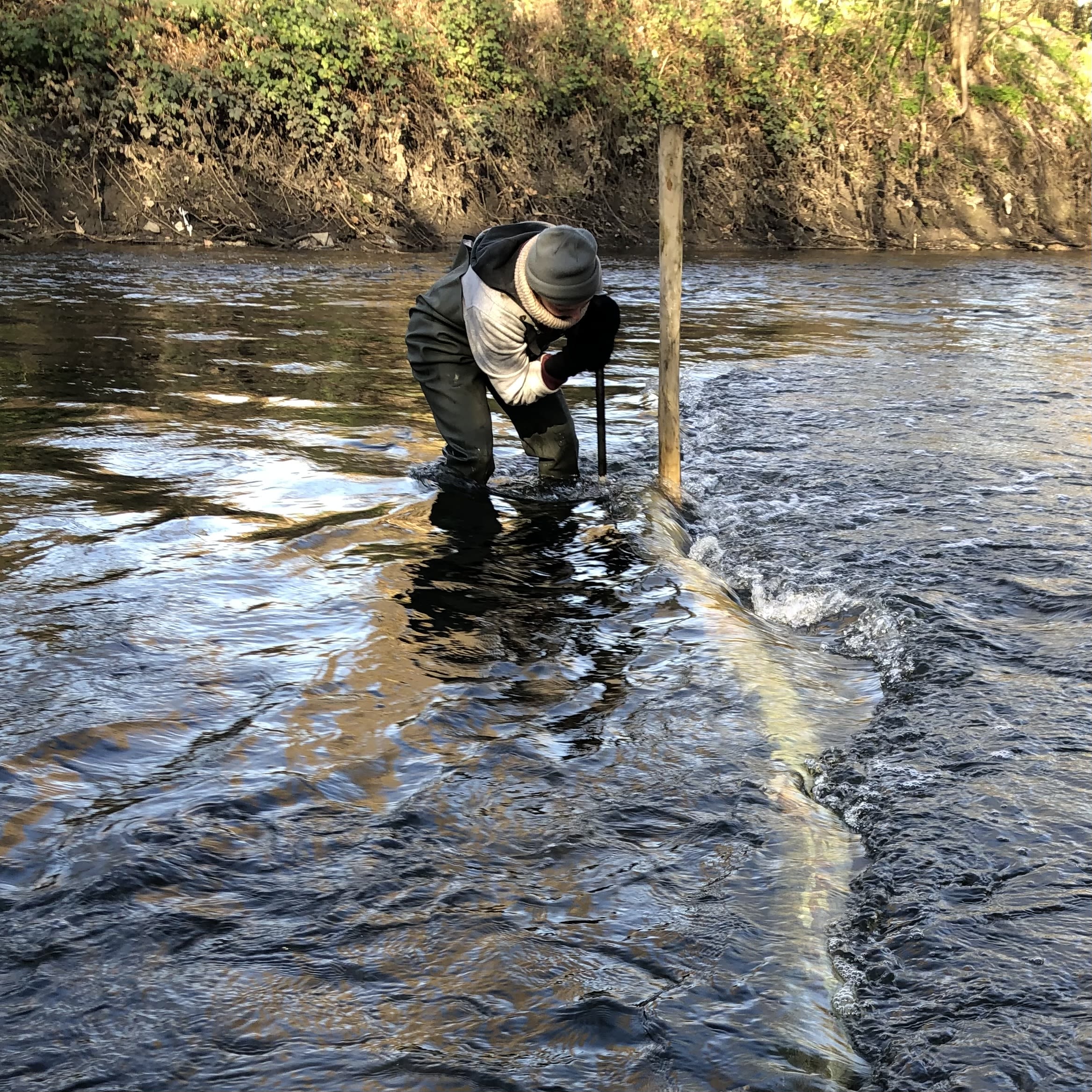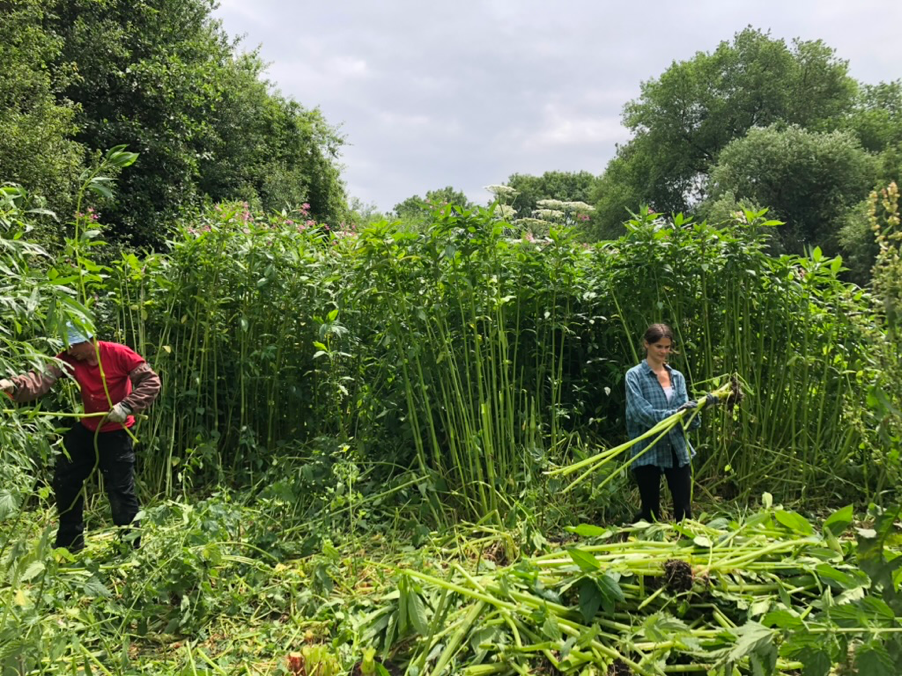Can London truly be wild?
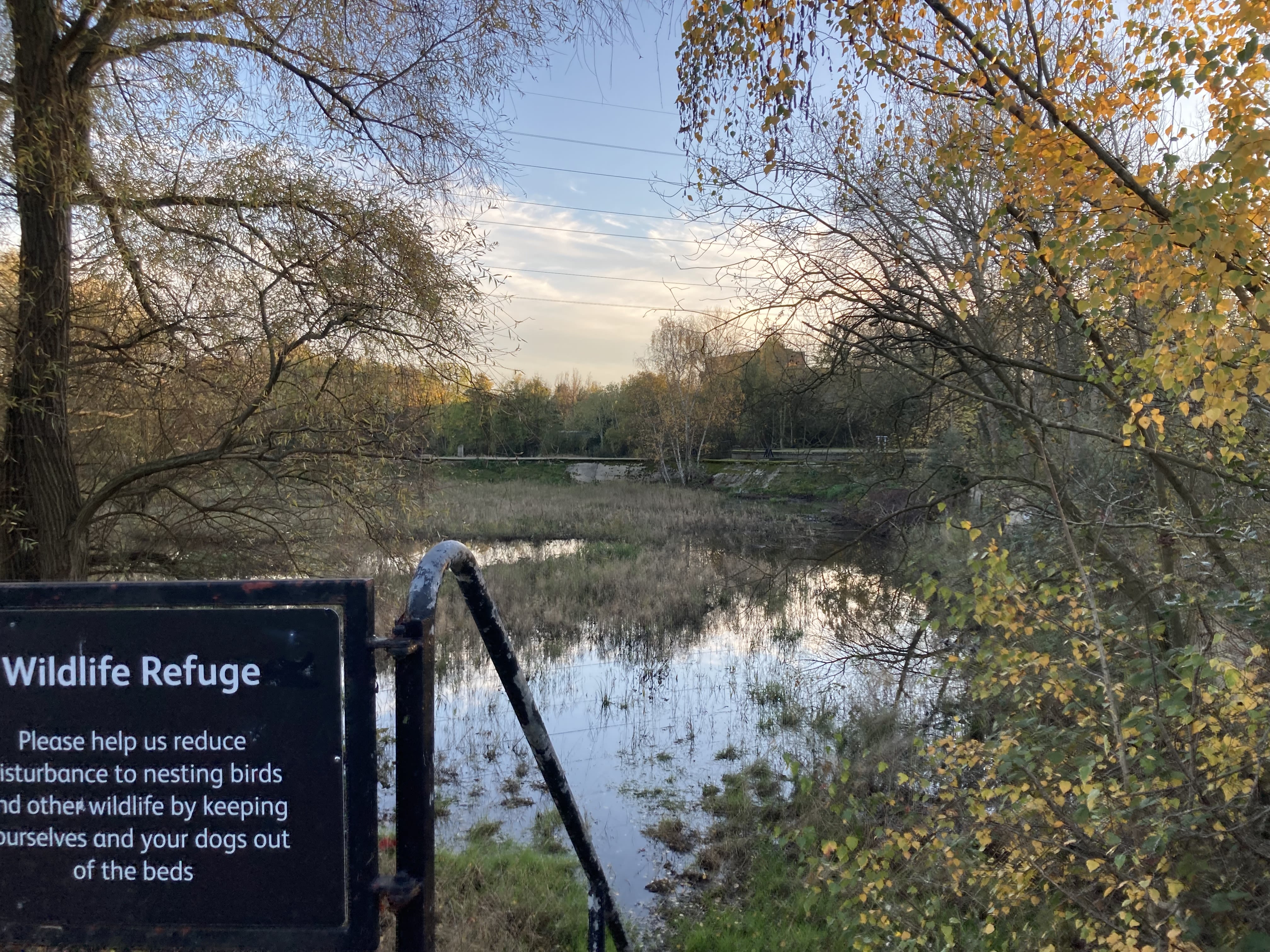
Within environmental movements and politics, rewilding has become a popular concept to invoke. And now it has seemingly come, through a fund launched by the Mayor of London, to the capital.
Rewilding is a type of ecological restoration that prioritises increased biodiversity and a return to natural processes, accomplished through reduced human interference in the landscape. How then, in a city with a population of around nine million and growing, can London rewild?
The Greater London Authority’s ‘Rewild London Fund’ - now in its third round of investments - has funded projects across the capitals boroughs which enhance, join up or protect green spaces, with a focus on increased biodiversity. But in what sense can this effort truly be called rewilding?
Green at heart
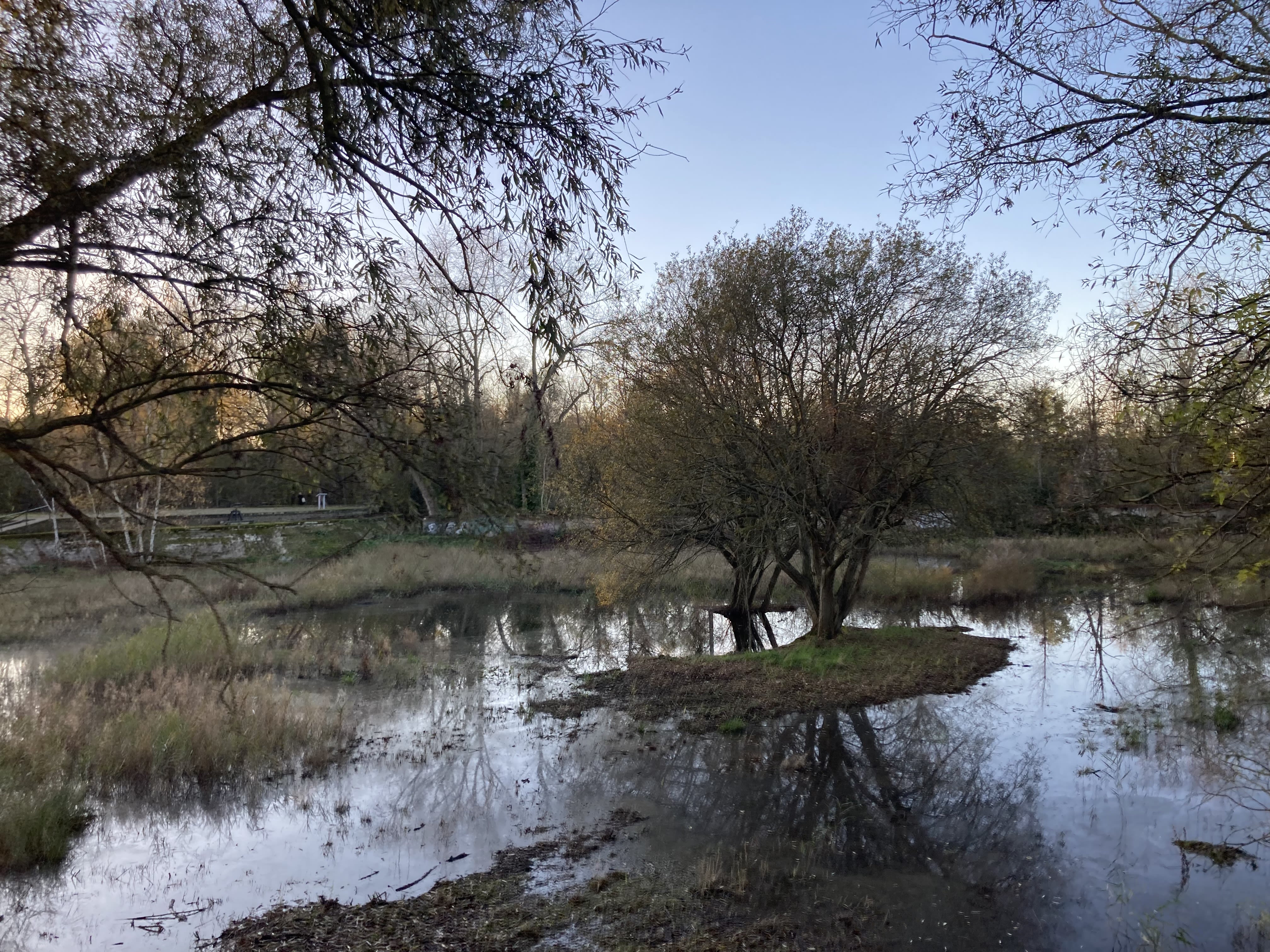
An organisation that is key to helping understand the city’s relationship with its green components is The London Wildlife Trust. The trust was founded in 1981 to campaign for the protection of natural habitats, for people to be able to access natural spaces close to them for free, and now directly manages 36 nature reserves across London.
Mathew Frith, who has worked in nature conservation for 35 years, has spent the majority of that time in London. He currently works as the London Wildlife Trusts’ director of policy and research.
Frith said: “There are a number of us, including myself, who are slightly uncomfortable with rewilding as a philosophy for our cities.”
Frith said that the trust is more comfortable with the terms ‘nature conservation’ and ‘nature recovery’ instead of rewilding when this activity happens within London.
'Nature recovery’, refers to putting natural elements back rather than just protecting what exists instead of the term rewilding.
However, despite not aligning on what to call it, it was the trust who were commissioned by the Greater London Authority to assess the prospective projects to see which would receive funding.
Frith said: “It’s about protecting the highest quality land, improving the lower quality land, and engaging people with nature in the city wherever they live, and that can be from balconies, gardens, road verges, school grounds, parks, transport corridors, and nature reserves.
“We want to shift the proportion of London that is blue and green from just under 50% at the moment, to over 50%.”
Most recently this has included restoration of the old Lea River in Hackney Marshes, the creation of wetlands in Alexandria Palace and Clapham Common, and expansion of the beaver site in Enfield.
However, while rewilding has become popular with the public, with polling showing people think nature and environment are top priorities, with crucially, many saying it informs how they vote, some interventions, even when small, can be controversial.
The London Wildlife Trust has been campaigning for more people and organisations to take up ‘No Mow May’, which encourages land managers and particularly local councils, to not mow their grasses in early spring, allowing plants to flower and pollinate, increasing insect numbers.
Some councils have taken this up, and even extended it into June, however local residents have gotten angry about it, simply thinking it's a cost cutting exercise rather than something to encourage biodiversity.
He said: “There’s a culture we’ve worked with for decades where the mark of a good quality townscape is a mowed grasslands and tidy shrubberies, and life is forced to other places.
“The idea of relaxing that and things becoming wilder, scruffier, is anathema to many people.”
Frith is also keen to point out that while the Mayor of London convened the London Rewilding Taskforce in 2021 following COP26, there has been 40 to 50 years of conservation efforts in the capital, so enhancement and growth in green spaces is nothing new, perhaps just the term is.
'Rewild London Fund' 2023 Funding Recipients
Photo provided by Jackie Tolland of the Lee Valley Regional Park Authority
Photo provided by Jackie Tolland of the Lee Valley Regional Park Authority
Photo provided by Jackie Tolland of the Lee Valley Regional Park Authority
Photo provided by Jackie Tolland of the Lee Valley Regional Park Authority
Into the (re)wilds
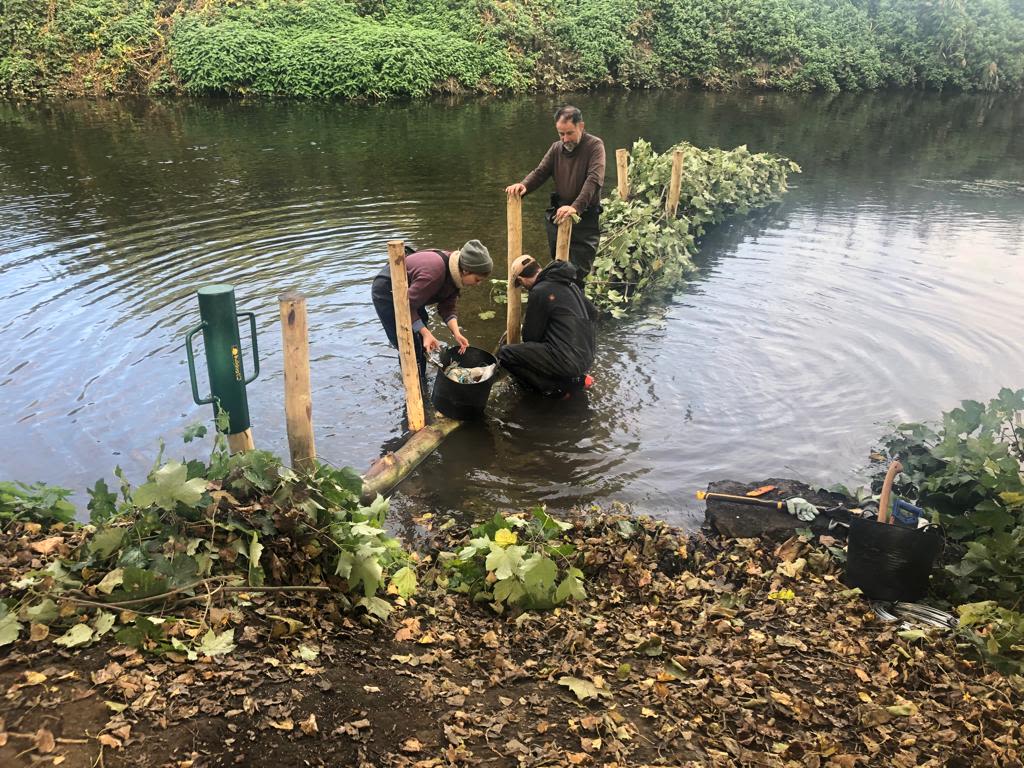
Image provide by Gideon Corby
Image provide by Gideon Corby
Image provide by Gideon Corby
Image provide by Gideon Corby
Image provide by Gideon Corby
Image provide by Gideon Corby
Image provide by Gideon Corby
Image provide by Gideon Corby
Gideon Corby, an ecologist with Wildlife Gardeners of Haggerston, previously worked in animation, but came to conservation after living in a housing association where the grounds were not properly maintained, including certain ecological conditions that should have been met under the plans for the site when it was built, so he took (with permission) matters into his own hands.
It started with just planting bulbs, but he and others gradually got more involved, culminating in the construction of floating reed islands along the basin.
Following this, they formally adopted part of the regents canal along Haggerston, and with money from a Crowdfunder - and the Covid era ‘Grow Back Greener’ fund - were able to start making improvements.
Inspired by this, and enjoying it more than his day job, he did a Masters in Ecology.
He has helped deliver one of the projects which has received money in the latest round of funding from the ‘London Rewild Fund’; the ‘Old Lea River Restoration’ project, now in its third phase.
Corby said the Old Lea is a unique waterway in this part of London as it’s non-navigable, meaning barges and boats aren't disrupting growth, creating a rich bed for wildlife.
He explained how he sees rewilding working within the constraints of an urban setting like London, and shows an example of what simple changes can accomplish:
Interview with Gideon Corby of Wildlife Gardeners of Haggerston. All footage shot by Tom Judge
The larger scope of the project also involved removing invasive species - such as giant hogweed, floating pennywort, Himalayan balsam, Japanese knot weed - a process which can take a couple of years, or over a decade depending on the plant.
They then plant more hardy native species along the riverbank such as 'pendulous sedge', a less invasive species than the monocultures that have been removed, creating more biodiversity along the riverbanks.
As well as the work on the river itself, around the Marshes small mammal refuges have been created using deadwood inside a small squares of fencing.
Corby said: “When there’s lots of us, and lots of dogs, they [small mammals] are disturbed or killed, and these refuges mean there are some places they can flee too and hopefully thrive.”
On the marshes there are populations of short tail vole, wood mouse, and common and aquatic shrew, which these refuges help to sustain.
This in turn, has lead to an increase in more birds of prey being spotted, such as kestrels being seen. And Corby said that just that week alone he’d been told of a peregrine falcon and a barn owl being sighted.
What is happening in Hackney Marshes and other places could be construed as stretching the limits of what can be considered rewilding, it is clear the efforts are creating an increase in biodiversity, and changing the landscape to the benefit of those nearby.
The future is biodiverse
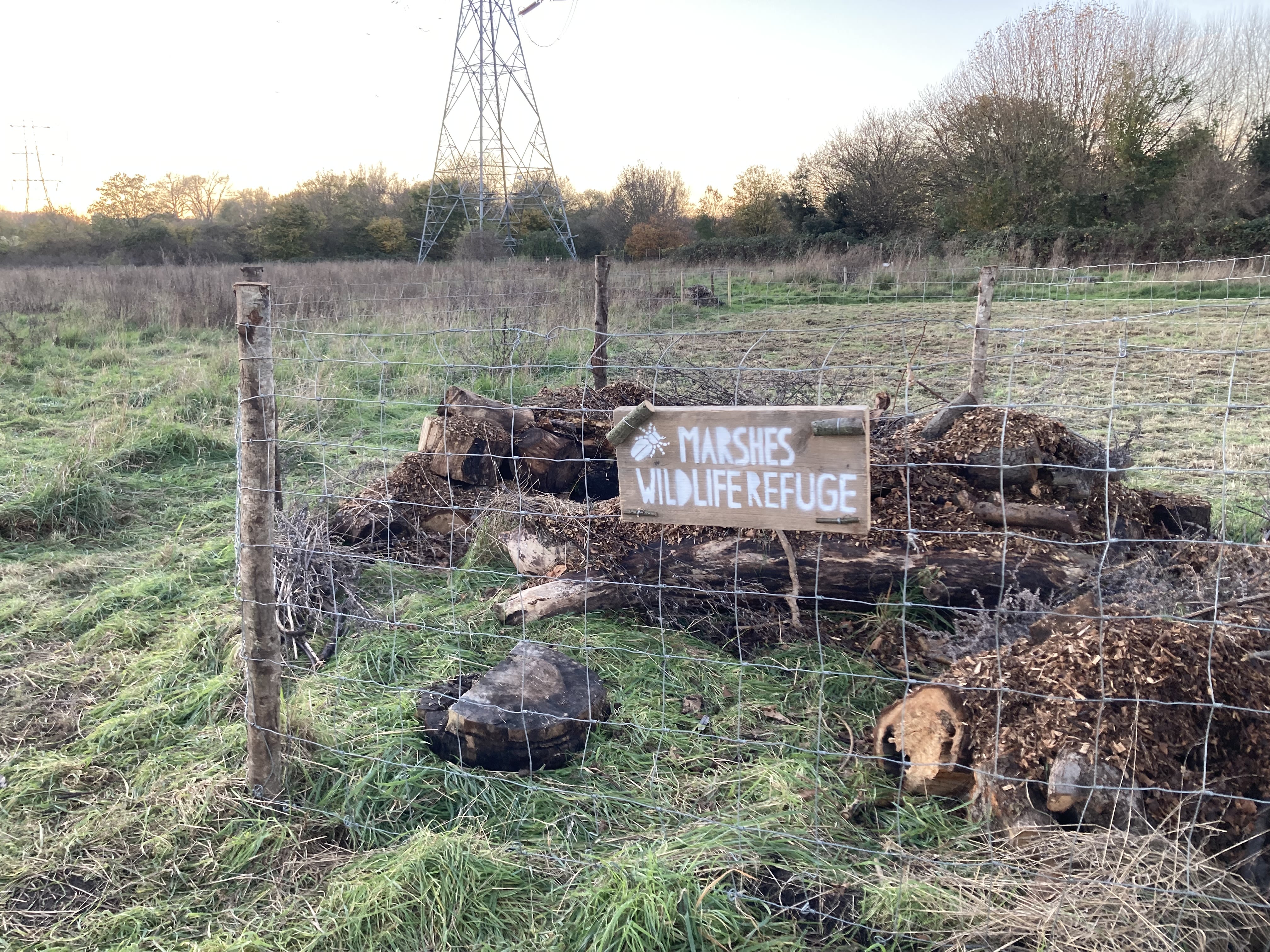
In England, changes to planning which came into effect this year mean there has to be biodiversity net gain included in future developments.
Biodiversity Net Gain (BNG) is a way of improving or creating natural habitat, making sure development has a positive impact on biodiversity compared to before.
Going forward, developers must include a 10% biodiversity net gain in plans - meaning London’s ecological future is hopefully more biologically diverse.
Both Corby and Frith said that a key reason why we don’t see more improvements in biodiversity in London is simply lack of knowledge.
Frith said: “The level of expertise, knowledge, and capacity with local planning teams has been stretched to the hilt.”
Corby said: “In planning departments there needs to be biodiversity officers, who have got power, status, and are invited to meeting where decisions are made so that biodiversity is not effectively ignored, which has been happening for decades.”
Frith said he also doesn’t want to see the biodiversity net gain required by planning law shifted from the area of development, to areas outside London.
He said developers and local councils are looking to shift BNG off site, and in some cases out of London, something which is allowed under planning law.
Frith said: “I was told by a fellow wildlife trust a few months ago that they’d been approached by an inner London borough as to see whether they could deliver offsite units [of BNG].”
This would see developers buy up low grade farmland in places outside London, and turn this land into places of increased biodiversity, rather than providing that BNG in London near or on the sites themselves.
Both Frith and Corby are also skeptical the changes in planning law can make improvements in London, as some sites are so degraded already, a 10% improvement doesn’t mean much.
Frith said the new regulation works better for town extensions where things like farmland are being turned into housing, rather than in urban areas, although it is better than nothing.
While Corby thinks it may incentivise land owners to keep land in a degraded state to make it more attractive to developers who won’t have to do much to get a 10% uplift in BNG.
However despite their worries, they do both welcome the change in legislation, and just hope it comes with a wide framework for delivery in the future, with the change only recently coming into effect, it is still early days in how authorities react.
Work on making London greener has been moving forward over the years and decades in many guises.
Sadiq Khan’s tenure as mayor alone has seen the ‘Greener City Fund’, the ‘Grow Back Greener Fund’, the ‘Green and Resilient Spaces Fund’ and now the ‘Rewild London Fund’, many with multiple rounds of funding.
While ‘Rewilding’ might be the new buzz word for improving green spaces, the goals of expanding and enhancing green and blue spaces in London amongst the trusts, charities, and political bodies involved remains the same, and gradual, granular steps are being taken by impassioned people on the ground.
All words and photos by Tom Judge unless stated otherwise
